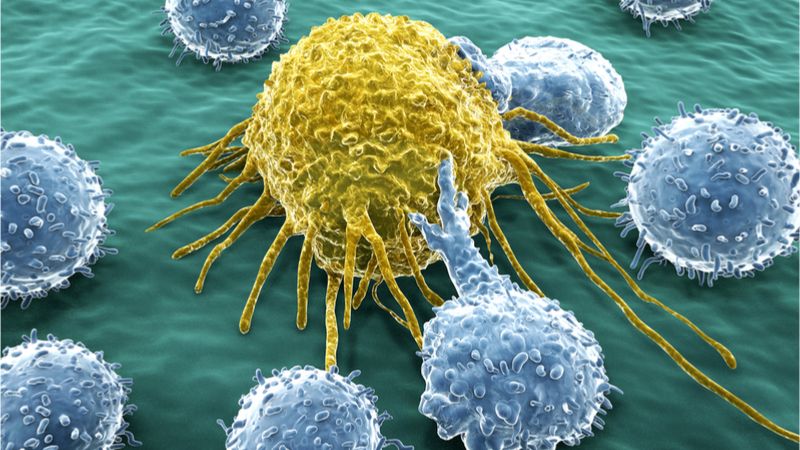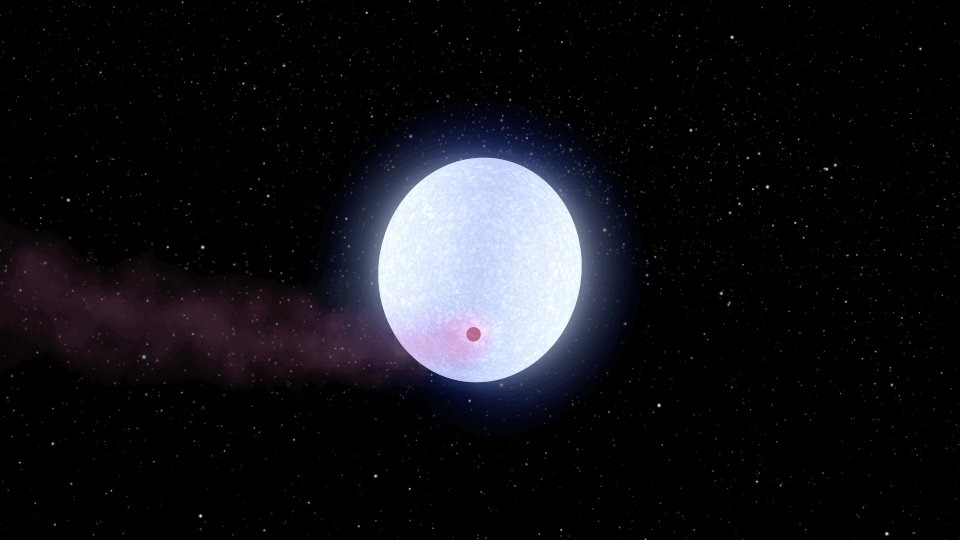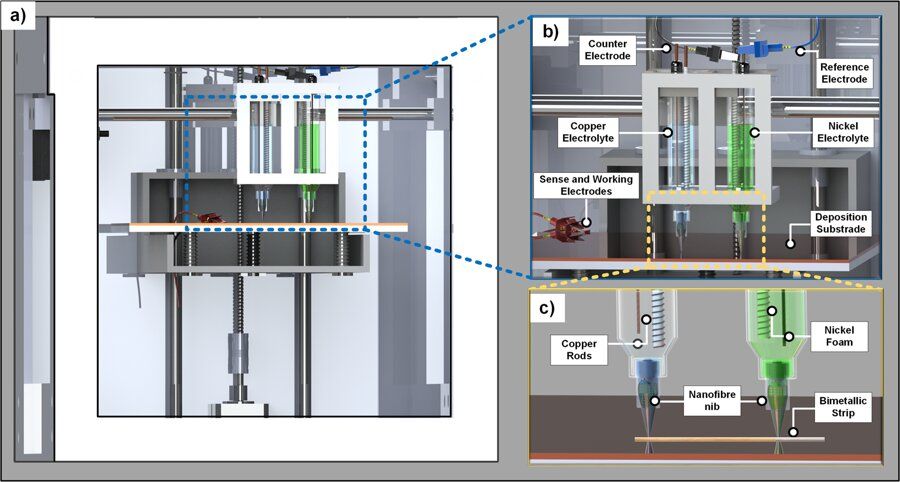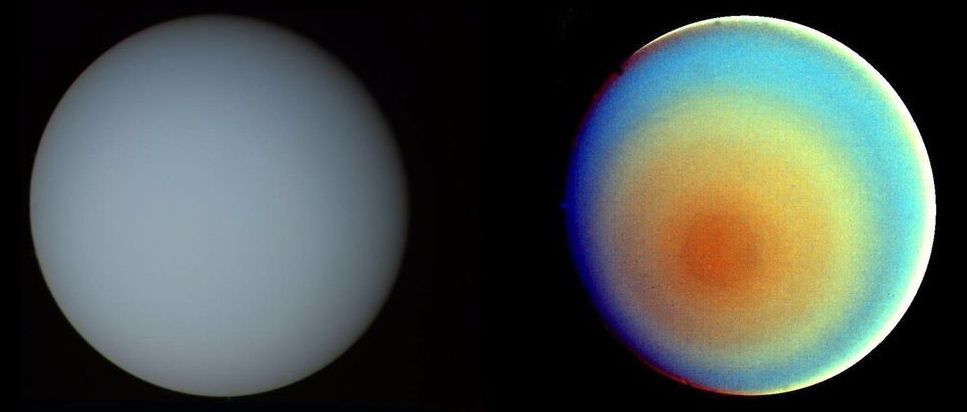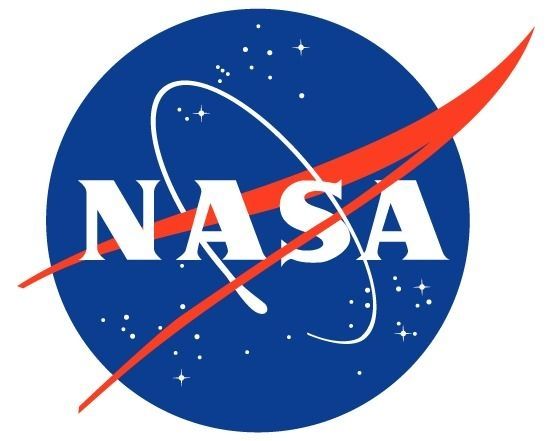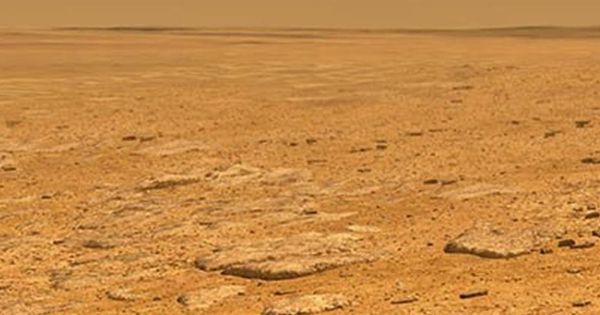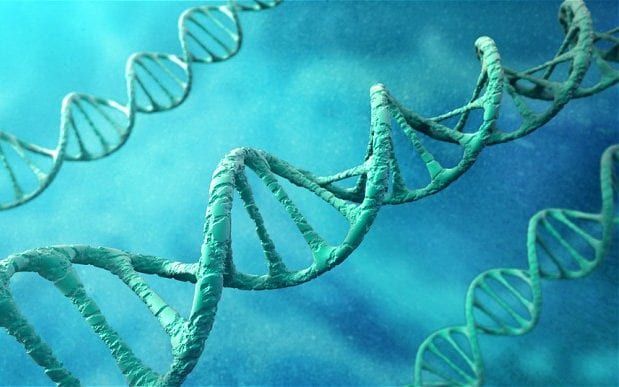Mar 15, 2019
An Immune System Clock to Predict Health and Longevity
Posted by Steve Hill in categories: biotech/medical, life extension
A new clock that analyzes the age of the immune system may be the next big thing in aging biomarkers.
Measuring the age of your immune system
As we age, our immune systems begin to decline due to many factors, including the thymus shrinking and producing ever-fewer T cells, the ever-increasing chronic inflammation called “inflammaging”, dysfunctional immune cells doing more harm than good, and a lifetime of microbial burden taking its toll. This gradual decline of the immune system is known as immunosenescence.
Continue reading “An Immune System Clock to Predict Health and Longevity” »
